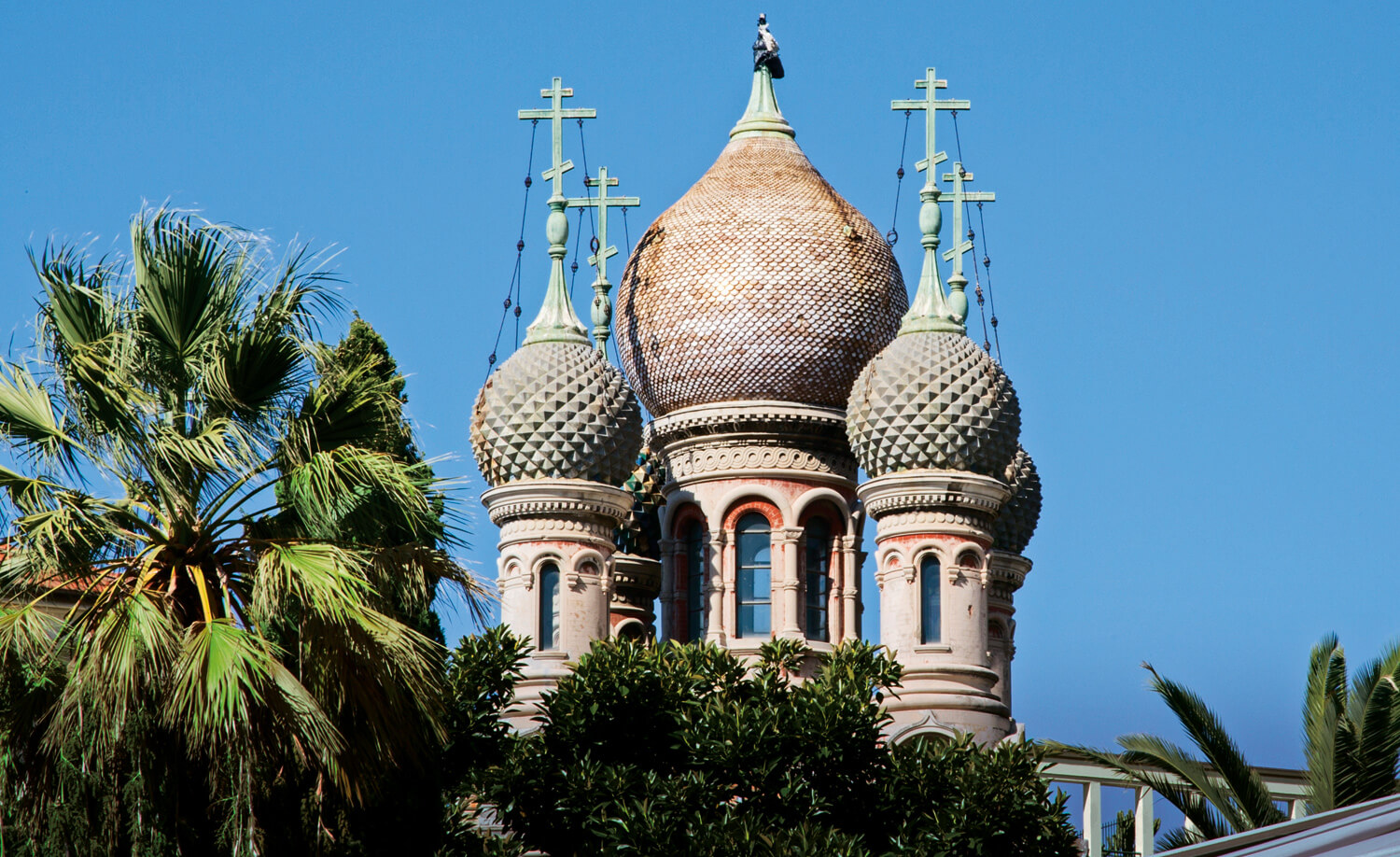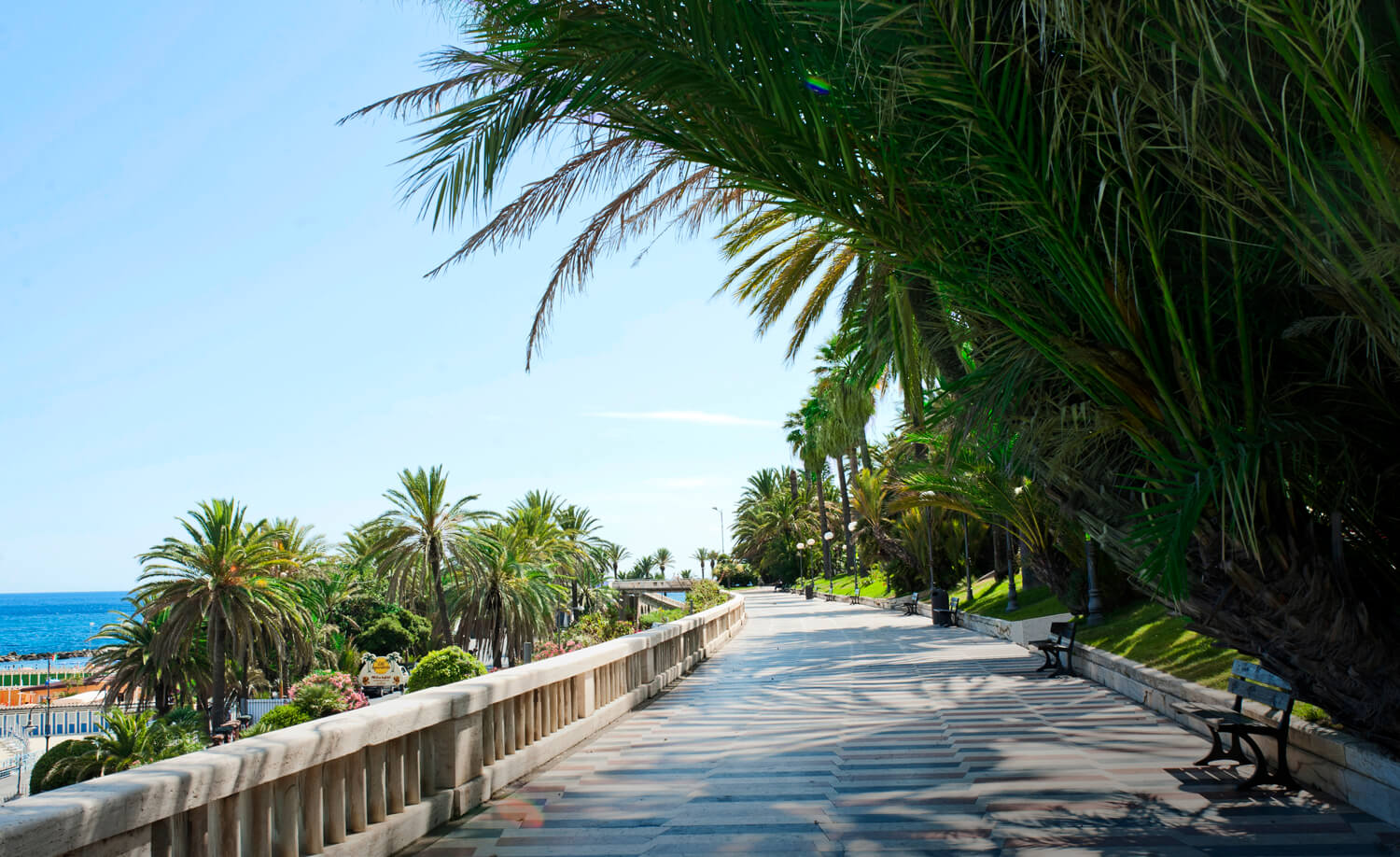He was born in Cuba in 1923 and died in Siena in 1985, but read Italo Calvino’s novels and you’ll discover that he spent his childhood and early adulthood in Sanremo.
In fact his father, Mario Calvino, was a native of the City of Flowers and his mother, Eva Mameli, from nearby Sassari, so it’s no surprise that they were both expert botanists.
As Calvino said: “All that’s left of my foreign birth is a complicated entry in a register (which in brief bios and bibliographies I replace with the ‘truer’ version: born in Sanremo)”.
But which of the places in his life echo among the pages of his bestselling fiction?
VILLA MERIDIANA
The villa where the Calvino family lived when they returned to Sanremo in 1925, and where the writer lived until the age of 20, is described, along with its lush garden, in Hermit in Paris: Autobiographical Writings. Here, the young Italo would accompany his father on early morning walks along the mule track to the church of San Giovanni Battista.
LICEO GIAN DOMENICO CASSINI
One of Italy’s oldest and most prestigious schools. His classmates included Eugenio Scalfari, who Italo remembers for philosophical chats on the benches of Corso Imperatrice, films at the Cinema-Teatro Centrale in Via Matteotti and swims at Bagni Morgana, the gathering place for the local youth.
PIGNA
On their way to school, Italo and his brother Floriano often walked among the maze of narrow streets that give the old centre its name (‘pine cone’). The tangle of caruggi gave him inspiration for The Path to the Nest of Spiders, as did certain walks in the hinterland of western Liguria and the woods behind Sanremo (including the San Romolo Park), once the domain of the Partisan Resistance, which Calvino himself joined.
ARCHITECTURE
Although there are no explicit references to particular buildings, there’s no doubt that Sanremo’s extraordinary palaces, like Palais d’Agra and the Orthodox church of Cristo Salvatore, are glimpsed in Invisible Cities, written in 1972.






